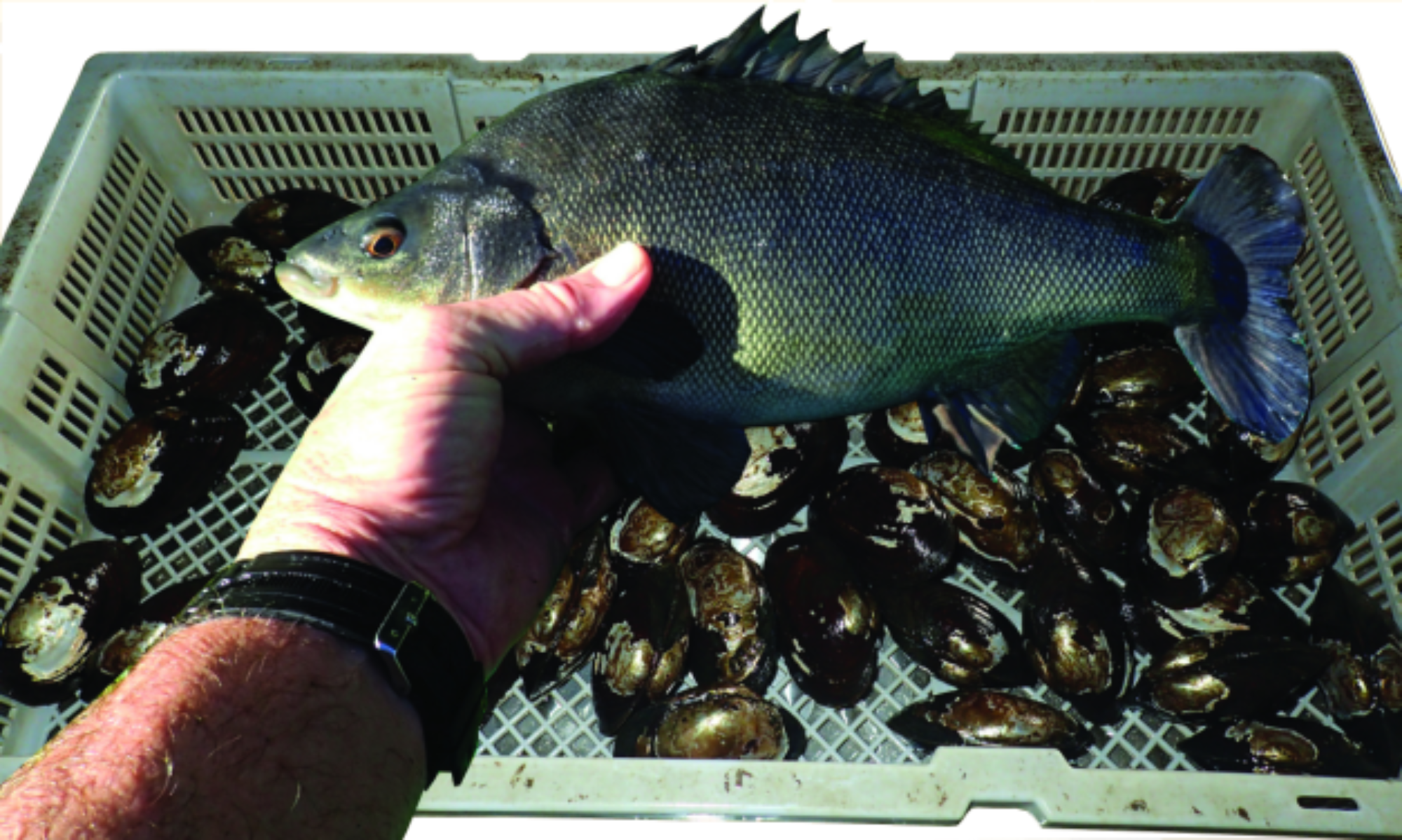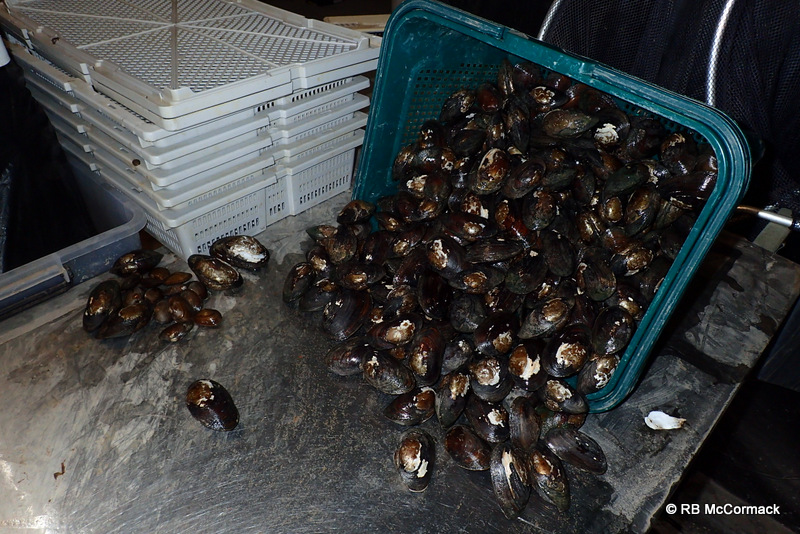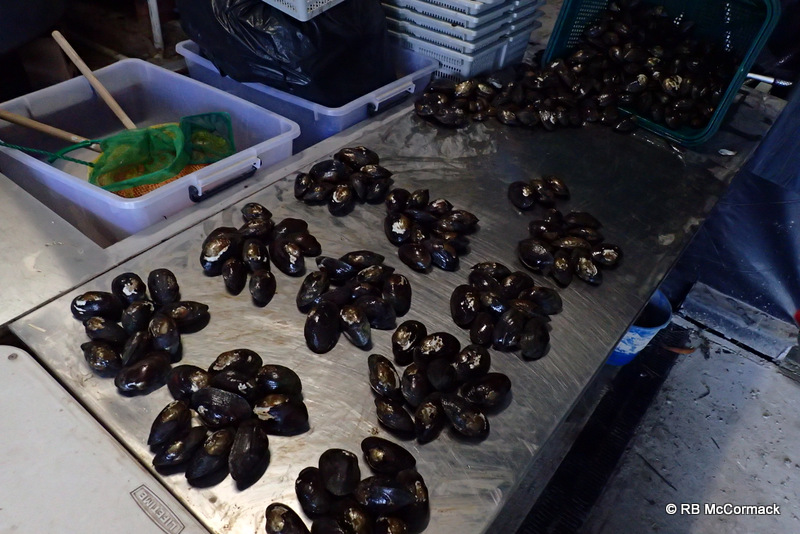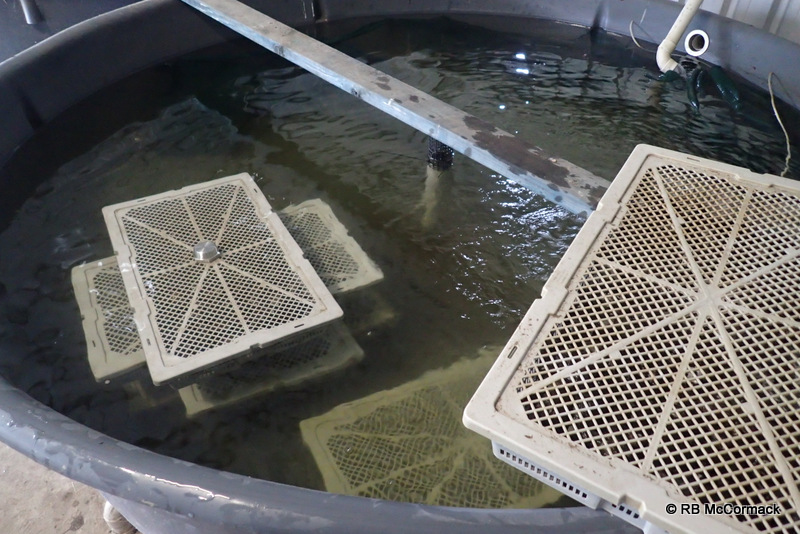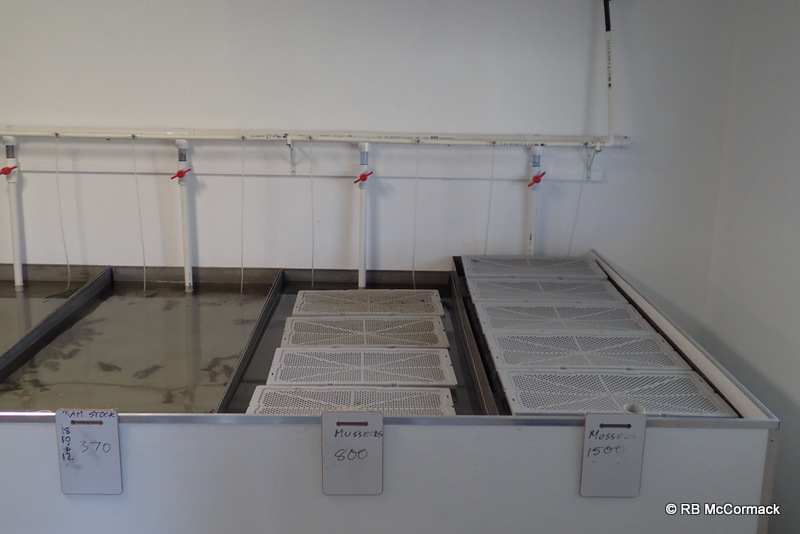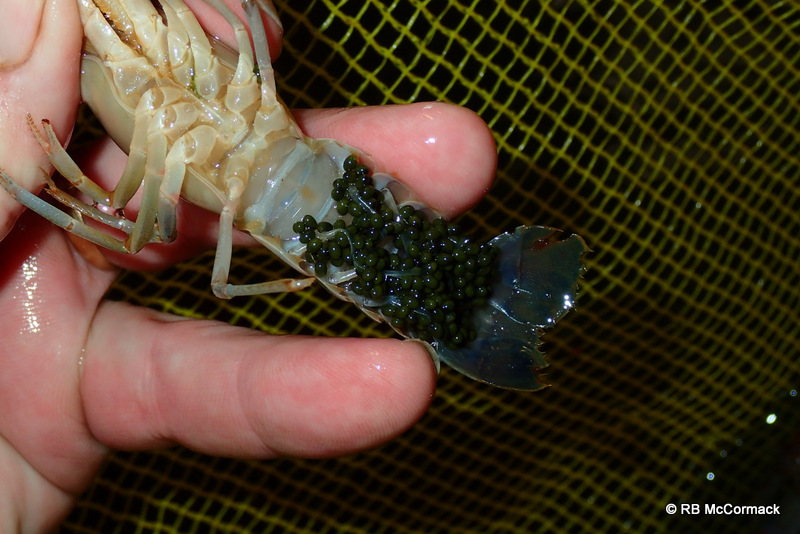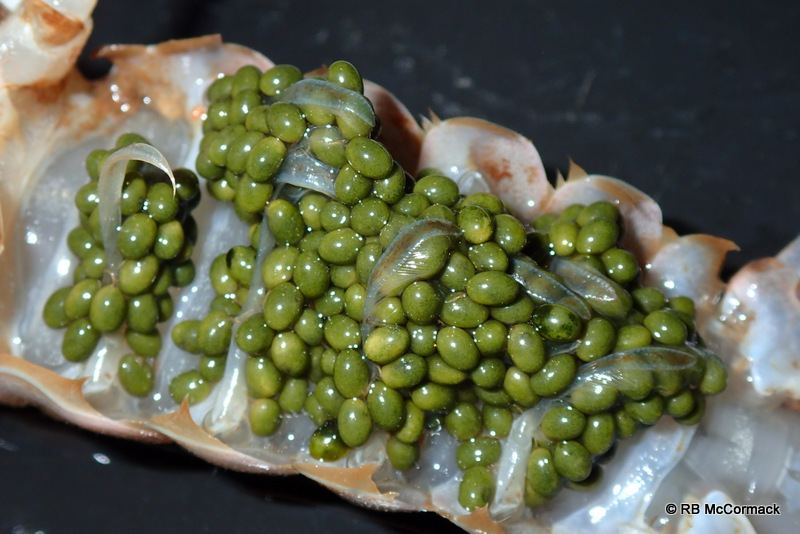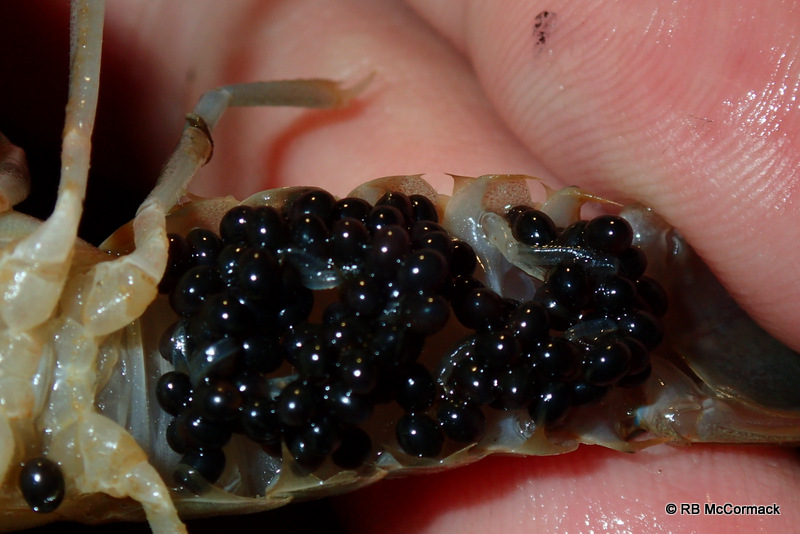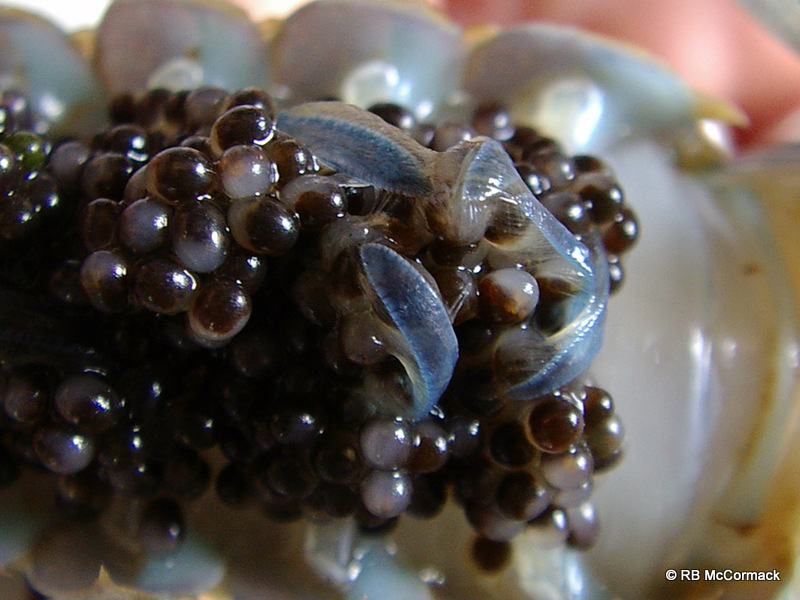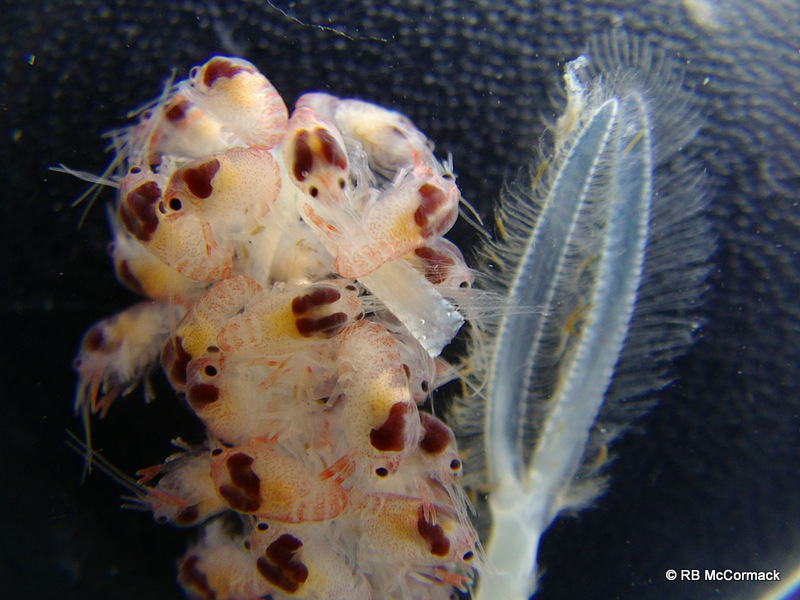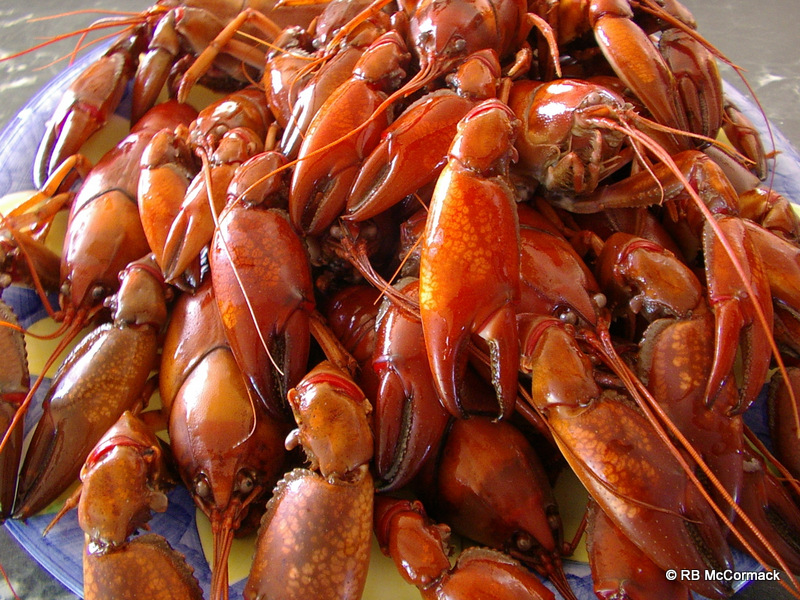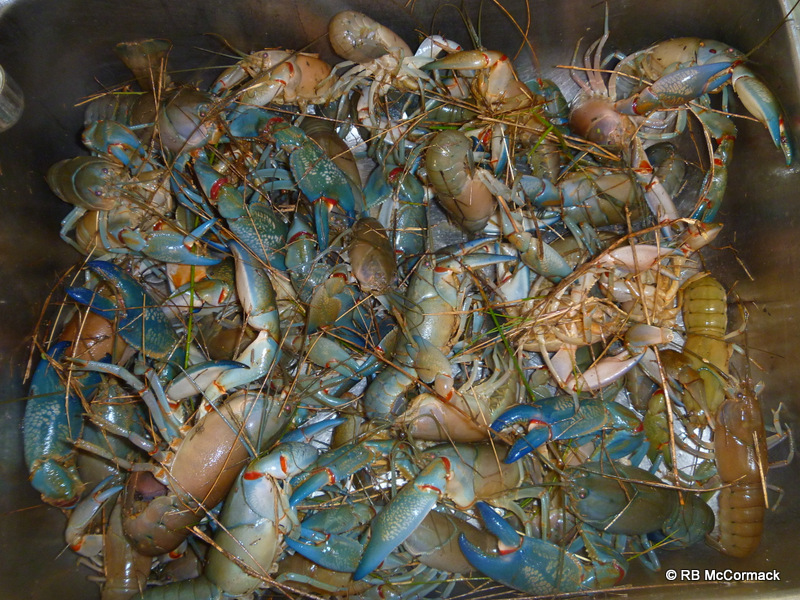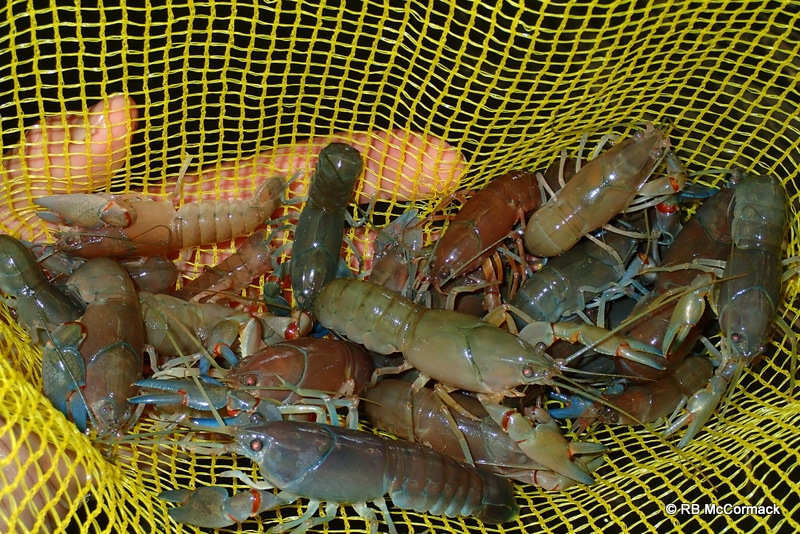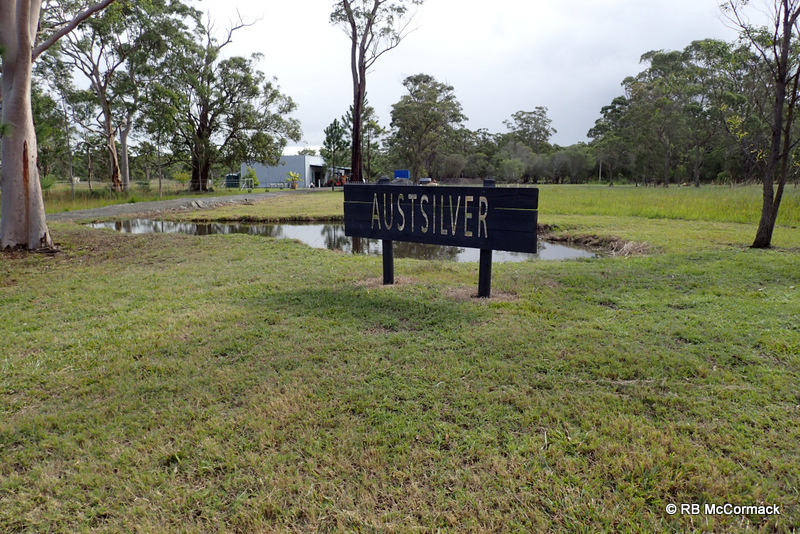
Austsilvers here at Swan Bay NSW is a work in progress, we are 4 years in, to our 10 year development program.

The hatchery/purging/packaging facility is nearing completion, the parking areas are in the walls and awnings have been constructed, but still lots of work to do.
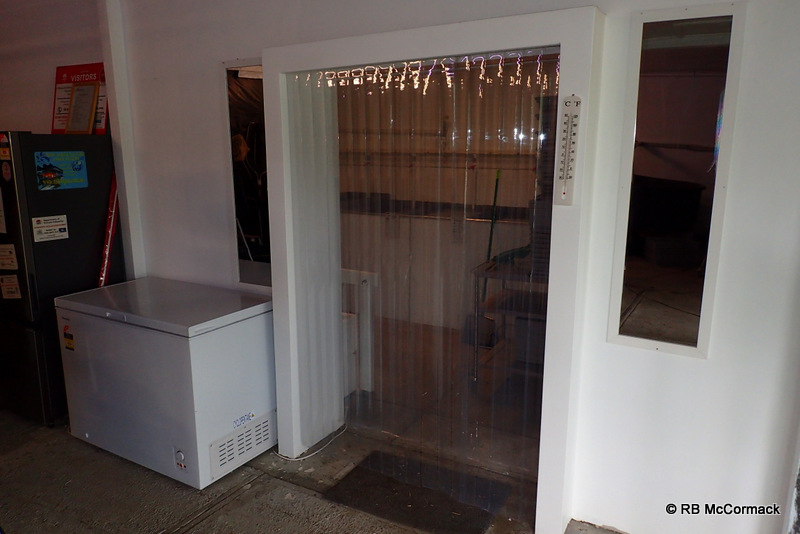
Hatchery and purging/packaging facility is nearing completion. All the walls are insulated and villaboarded plus finally coated with a waterproof exterior white paint.
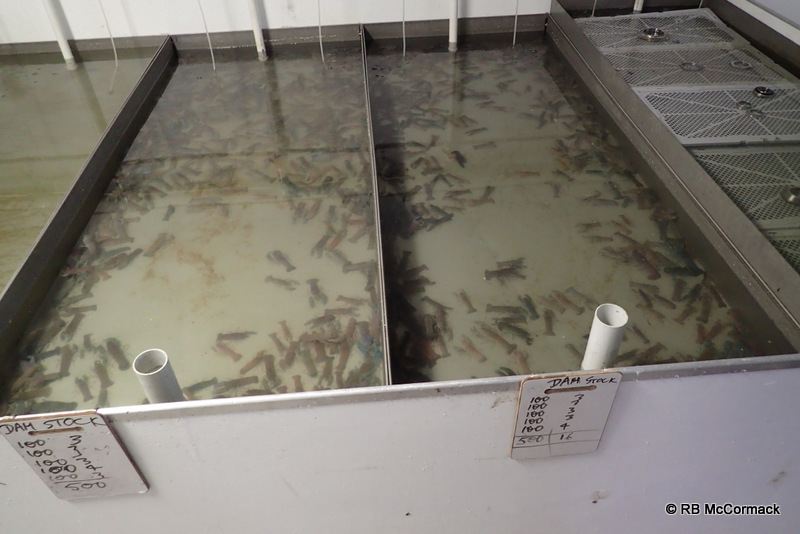
Our stainless steel purging tanks are functional providing hygenic conditions and efficient use of available space, These tanks supplied by RBM Aquaculture only cost around $660 each each, they have rolled edges for strength and safety, creased bottoms for extra strength and drainage, countursunk sink drainage holes, these are the current standard for purging tanks.
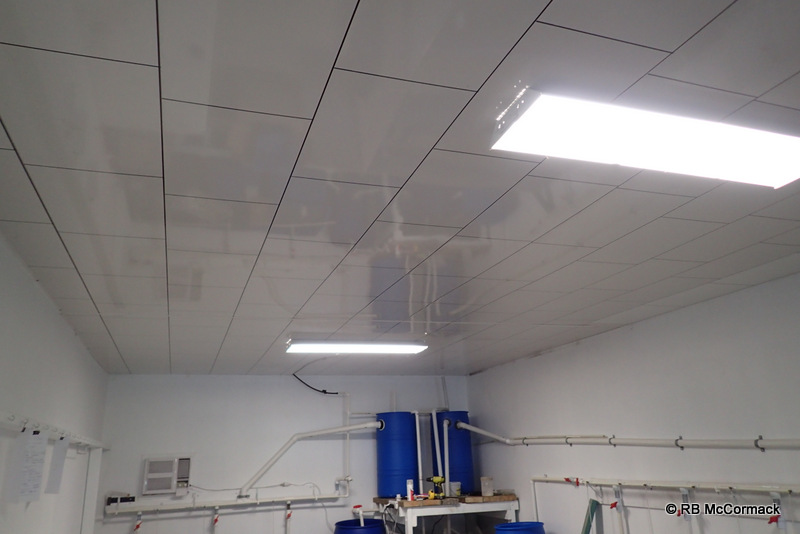
The PVC Panel ceiling and insulation has finally been completed throughout the facility, with 5 roof top vents added.
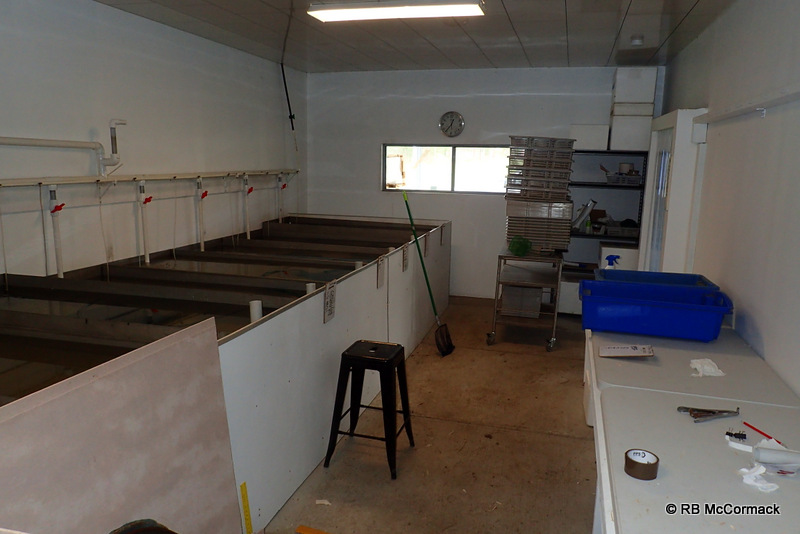
The main purging packaging room is fully operational, and we are despatching product every Monday from this facility. Yabbies and mussels direct to your door all of Qld, NSW, Vic and SA. This year we are selling all our silver perch to the one client so sorry, nothing extra available for anyone else. We are still upgrading this facility, although operational, we will be upgrading it over winter. Although this room is temperature controlled and we currently keep water temperatures between 15-18C all year round despite high temperatures outside. We are experimenting with a number of different water chilling apparatuses and we hope to cheaply drop the water temperature by another 3C in the near future.

There are 4 separate RAS systems within this facility, each servicing an independent set of tanks.
The final glass frontage for the facility has been ordered and is currently being manufactured, with luck it will be installed and the facility completed by the end of this financial year.

Outside the secondary mussel holding dam has had a wharf added. This allows us to drag our floating mussel cages directly to the wharf and scoop the mussels out without having to get into the dam, scoop the mussels out and then walk back to shore, etc. This wharf upgrade is designed to make life easier in winter when we are less than enthusiastic to get into the water to collect mussels for despatch.

Freshwater Mussel production continues to increase this year. We suffered major losses due to the 2019 drought that dried many of our dams, in February 2020 the rains came and refilled everything. We forgo sales and used our remaining stock to restock the newly filled dams, this resulted in a limit in 2020 & 2021 of only 50 mussels maximum per customer. But by 2022 we started seeing the fruits of our labours and by 2023 we have raised the limit to max 200/customer and by next year we expect to be back to unlimited orders.

We continue to construct more and more floating mussel cages as our production increases.
Our excess water irrigation areas have been upgraded with new outlets around the farm. This is still a work in progress as we add auto timers to regularly water our orchards and gardens.
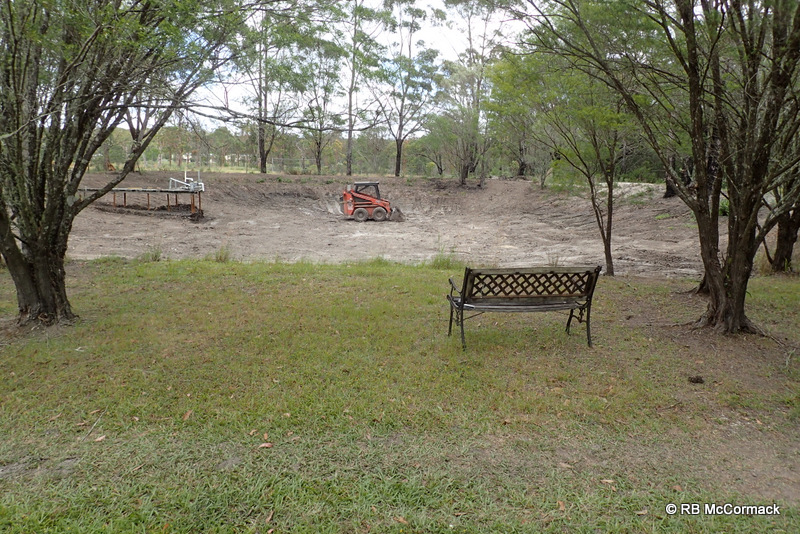
The main water distribution dam at the top of the property has been desilted and revamped. The dam has been gravelled and sanded, this will assist with future freshwater mussel production and harvesting. We use mussels in this storage dam to ensure high water quality for our fish and yabby dams. Water from other storages is pumped into this dam and from here water is distributed by electric pump to each and every aquaculture pond.

We managed the construction and completion of an additional two aquaculture ponds. These ponds have been on the agenda for years but the 2020-2022 wet season didn’t allow us to start, finally in 2023 we have got dry enough conditions that allowed construction to be completed. The third new pond is also under construction.
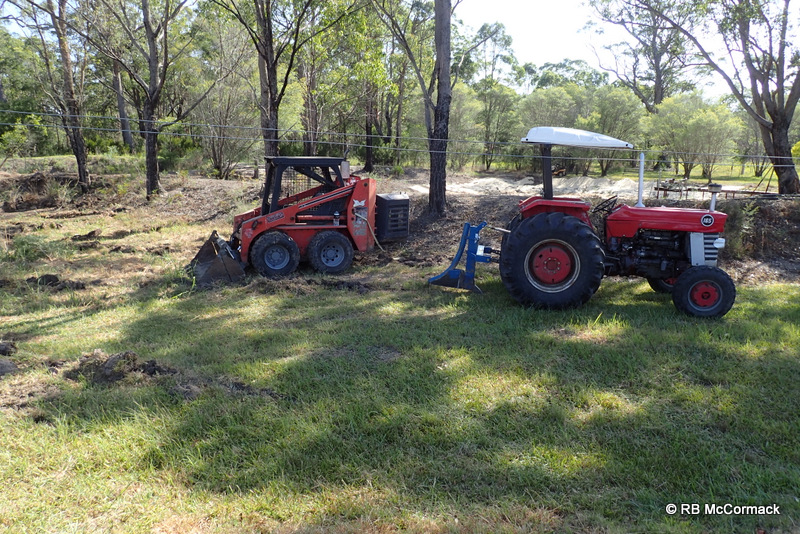
Interestingly, we have been constructing the latest set of ponds with our own farm equipment. Previously, we constructed ponds with a 20 tonne excavator, that was a fast and efficient way to do it but this time round Im doing it with equipment at hand and at a leisurely pace. I use the tractor with ripper to rip the ground, then the skid steer to dig the pond. I place the drainage pipes in first and then construct the wall over the top, if it rains no problem the water drains out. This allows me to construct the pond in my spare time.
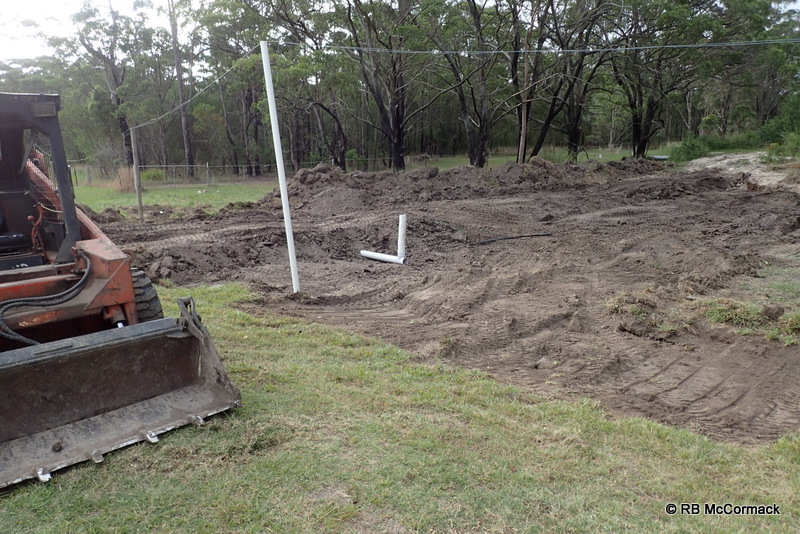

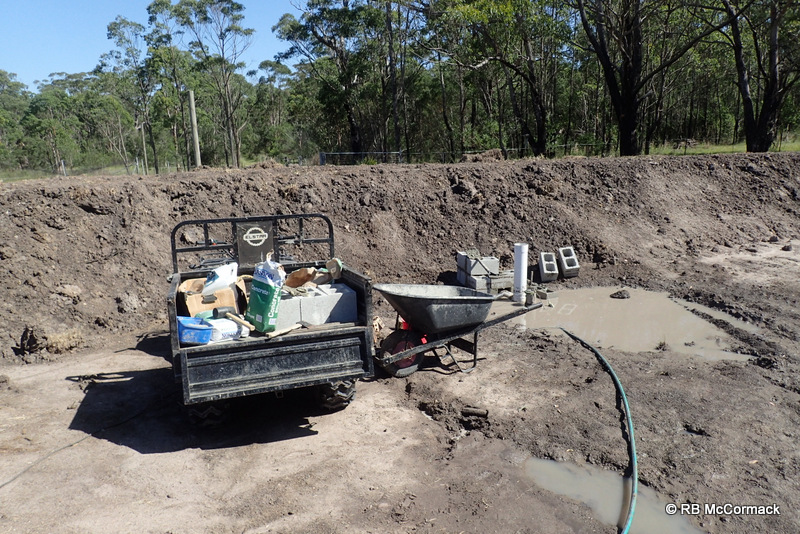
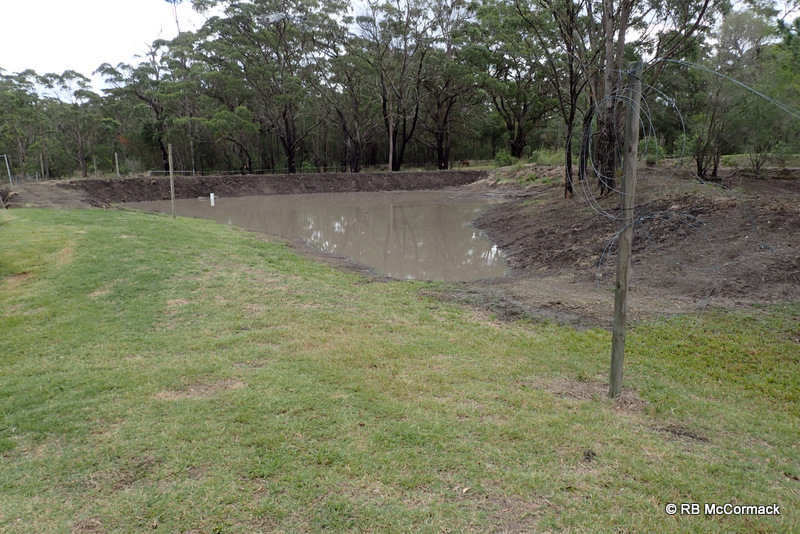

We are continually drying and reflooding the production ponds, and as we do so we upgrade the pond with better aeration and access like stairs etc.
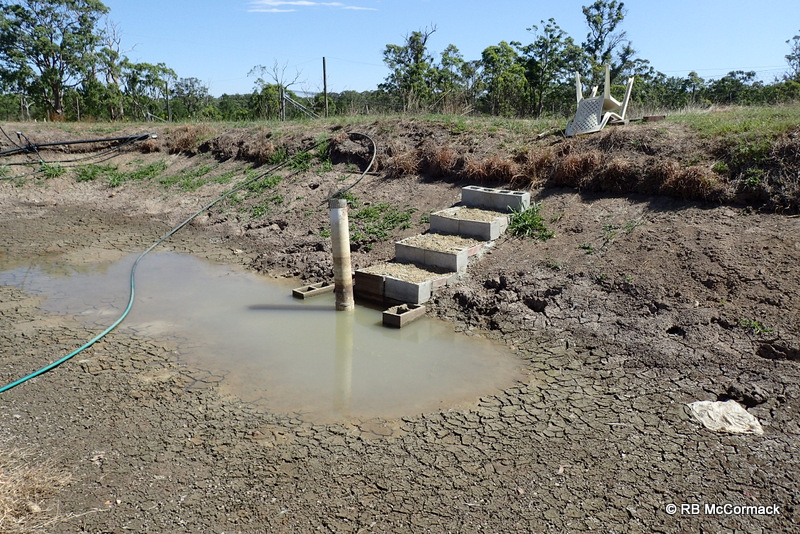
Yabby Production
Yabby production has been spectacular this year with record numbers of our improved stock produced. Together with our Mid West Yabby and Fish Traders stock from western NSW, Blackrock Rock Yabby Farm stock and our Austsilver stock has seen a rapid growth of yabby production and sales over the last year.
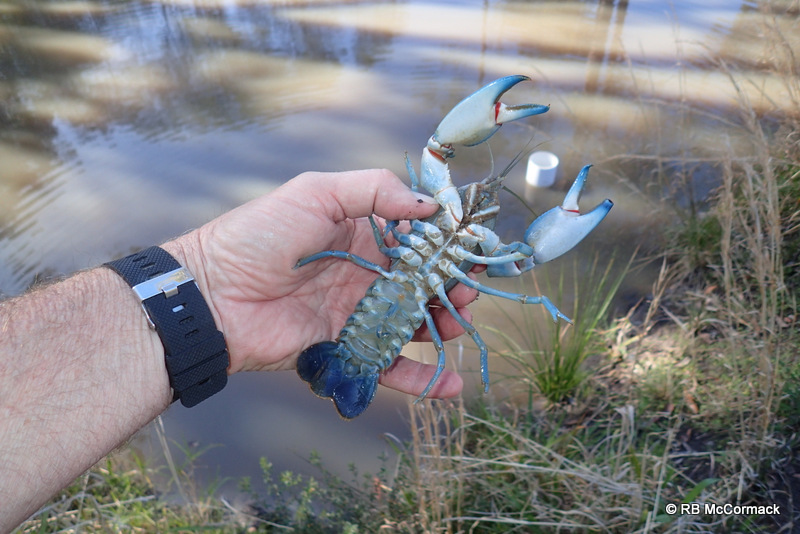
Our yabby stock is the best of the best. It’s the result of a 20 year improved breeding program, that we then added the best of the best of the CSIRO Super Yabby breeding stock and then spent another 10 years of selecting the best of that best as our broodstock. What we and Blackrock sell these days is the result of that breeding program.

Due to the high demand for this stock, we currently despatch maximum loads of only 200/customer, however, come the new season in September 2023 we expect to remove all limits.
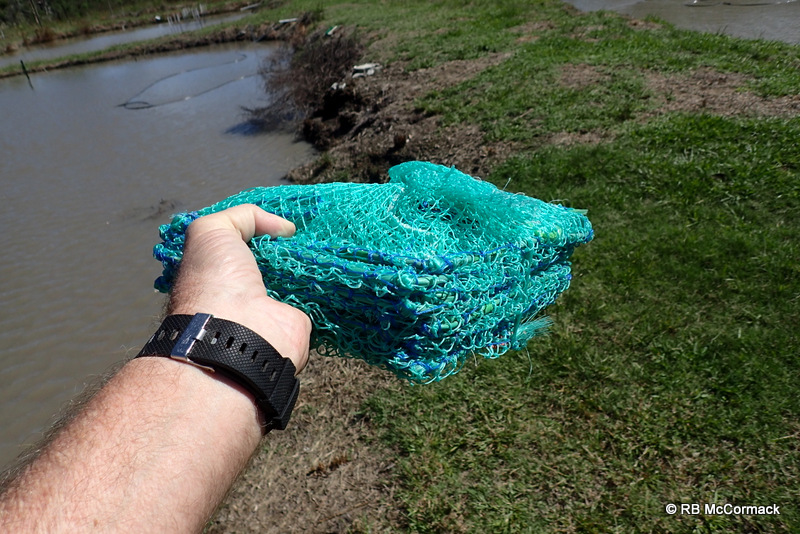
Mostly, we use mini super nets and box traps to catch our yabbies. When we need big loads we use the super yabby traps. They are small and lite weight, easy to carry around the ponds.



Mini Super Yabby Traps are available from https://www.aabio.com.au/online-aqua-shop/ or https://rbmaqua.com.au/site/products/. Please note: these traps are not for use in public waters only on private property.

When we need just a few hunder dams stock or bait yabbies we use box traps to quickly catch them.
Mussel Production
The end of 2019 saw many of our main mussel production dams dry both here at Austsilvers and our Mid West & Yabby Traders western NSW properties. As a result, our mussel production dropped considerably.
However, in February 2020 the rains returned and all our ponds refilled. We initially restocked them all by March 2020 with further top-ups throughout the year. The mussels we restocked seemed to have bred right away in the newly flooded ponds and we are now harvesting the offspring of that 2020 breeding as well as some of the larger faster growers of the early 2021 crop. If breeding continues at the current rapid rates we have been seeing we will be back into full producing by 2024.
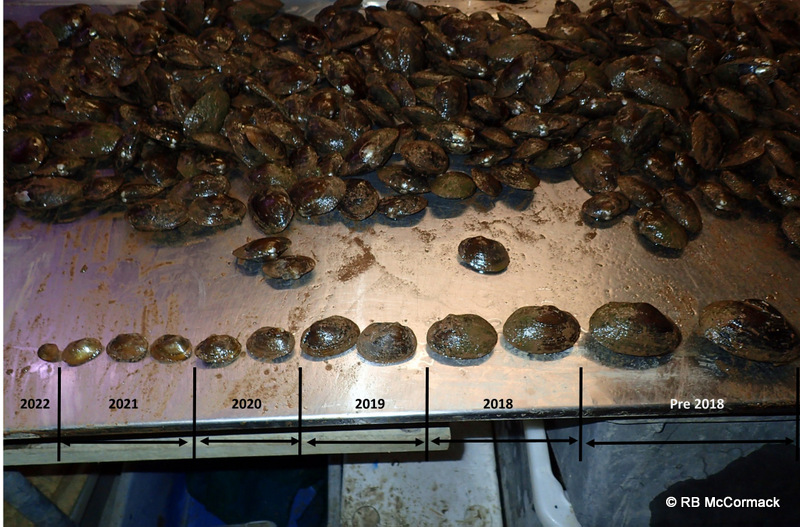
We continue with our growth and breeding experiments however, our current stock is a mixture of stock from across NSW. This year we will be stocking new ponds with specific stock from specific drainage basins, this will allow us to obtain over time the best stock/genetics for the fastest growth and highest proliferation, items that are crucial for stocking dams around Australia.
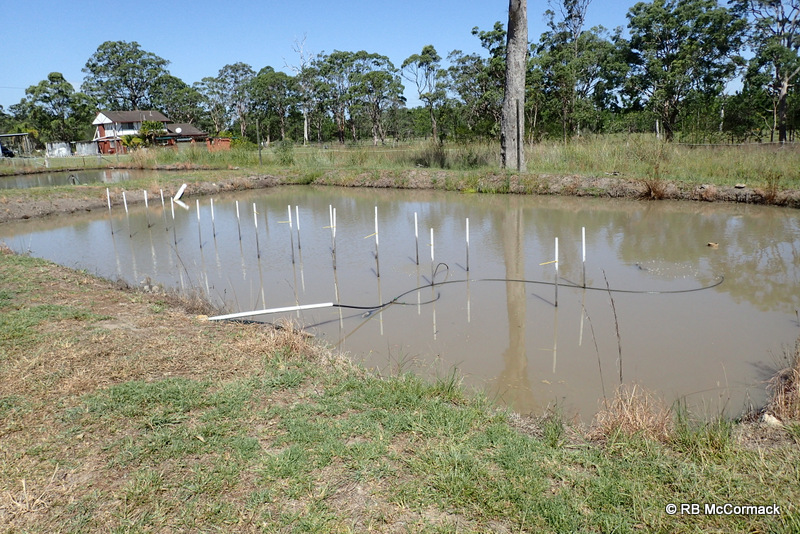
We have weighed and measured mussels of a similar size and placed them in grow-out cages on the bottom of this pond. We have diffent mussels from different drainage basins to campare results over the longer term. This is a long duration project but all knowledge gained is new knowledge.
